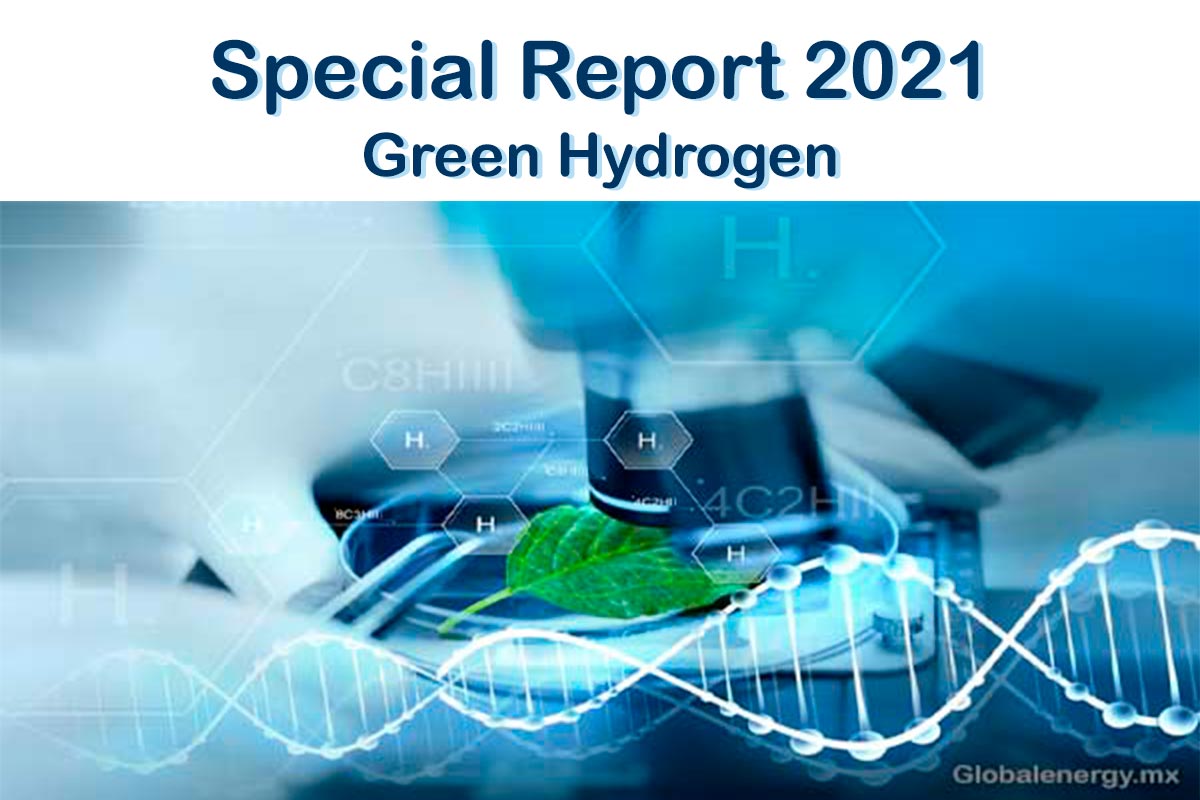FAQ about Green Hydrogen

6. What is the difference between black, blue, and green Hydrogen?
The designations black hydrogen, blue hydrogen and green hydrogen are intended to indicate the different processes from which H2 has been obtained, since there is only one single hydrogen, which is ranked number one in the periodic table.
Black hydrogen is made from oil or coal through a process that sends carbon dioxide (CO2) into the atmosphere. Blue hydrogen, the most widely used, is derived from natural gas, but greenhouse gases are also released during the method. Green H2 is extracted from the water by electrolysis, a 100% clean procedure, but is too expensive for now.
Hydrogen from oil, coal, and natural gas have been in use for a long time. It is used in the electrical, metallurgical, chemical, air and maritime transport industries, as well as in space travel, in which H2 played an important role as a rocket propellant, being the fuel that carried the humans to the moon.
FAQ about Green Hydrogen
1. Why is Green Hydrogen so important?
2. What is the future of Green Hydrogen?
3. Why is it so expensive to produce Green Hydrogen?
4. How can the production of Green Hydrogen be made cheaper?
5. What is the “Green Hydrogen Catapult”?
6. What is the difference between black, blue, and green hydrogen?
7. Will Green Hydrogen replace Solar Energy and Wind Power?
8. Could Chile become a Green Hydrogen leader?
9. What is an electrolyzer and what is its relationship to Green Hydrogen?
And you can also see it in…
Infographics

Photo Gallery

Video gallery


